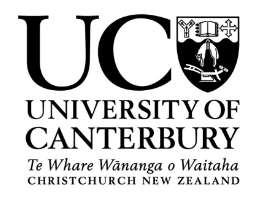Diversity: Leading With Empathy
A Global Leadership Perspective with Cheryl de la Rey, Vice-Chancellor of Te Whare Wānanga o Waitaha | University of Canterbury in Ōtautahi Christchurch, Aotearoa New Zealand
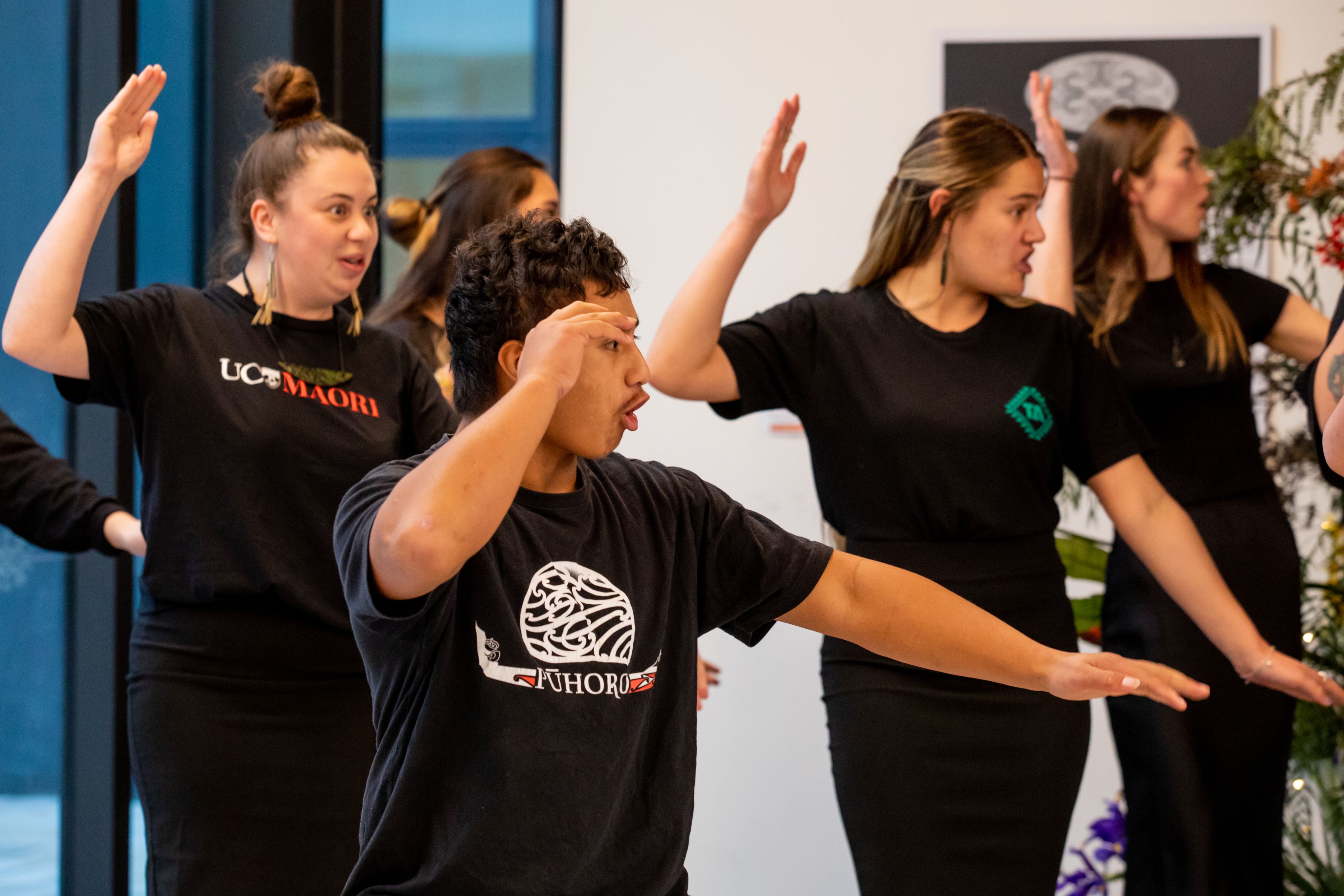
When Cheryl de la Rey first arrived on the University of Canterbury campus in 2019, the local Māori tribal leaders greeted her with a powhiri, or welcome ceremony. At that ceremony, she signed a formal partnership agreement with the Ngāi Tūāhuriri tribe, the first of its kind in New Zealand.
“I took that quite seriously,” said De la Rey. “And my experience in my own career coming from Africa is that it's important that partnerships are authentic and so I undertook to begin a journey of learning.”
That journey is still young, but the partnership has already led to programs aimed at increasing indigenous participation in higher education and equity in both opportunities and outcomes at the university.
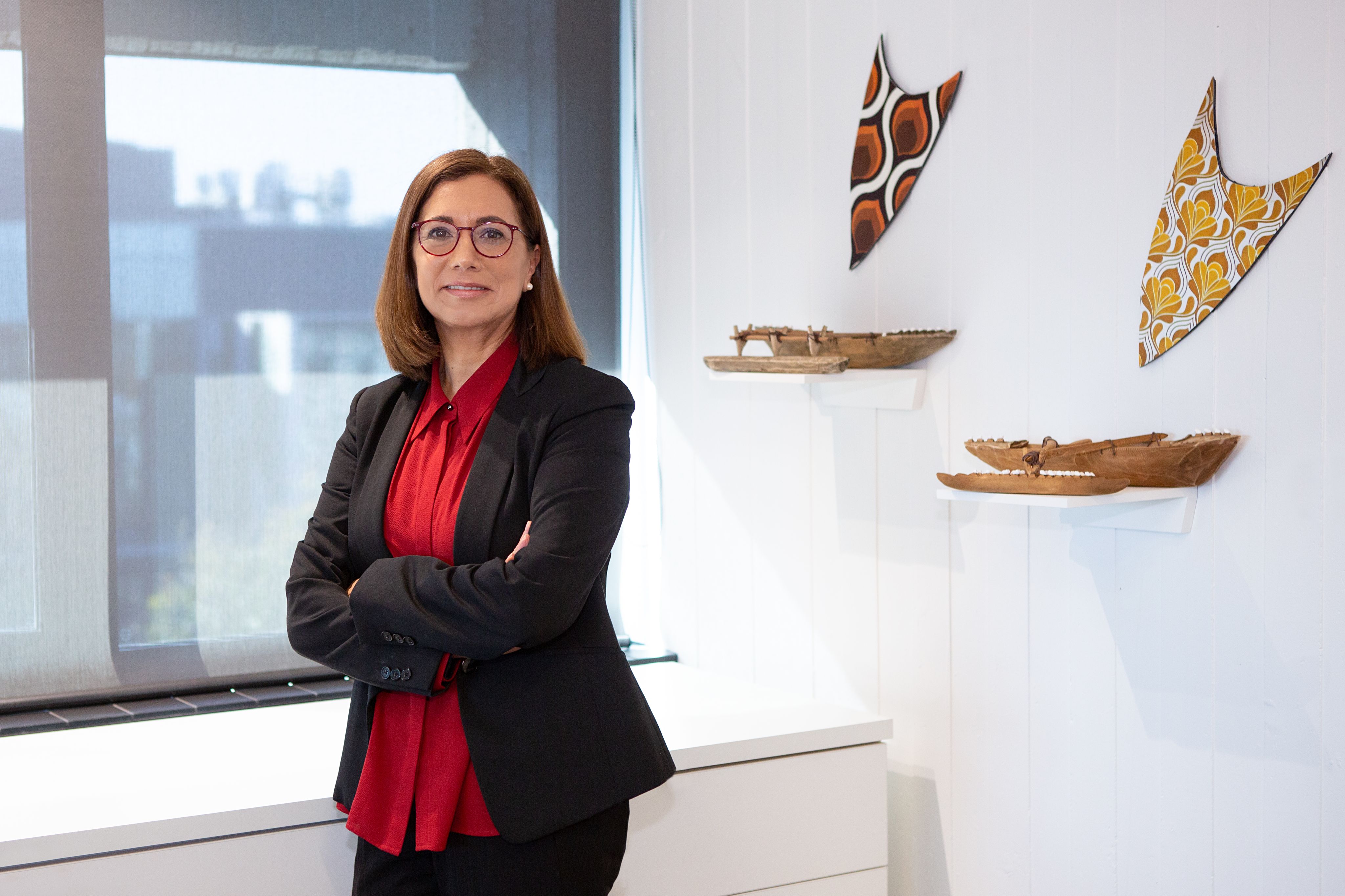
Honoring the Treaty of Waitangi
The partnership between the University of Canterbury and Ngāi Tūāhuriri has its roots in the 1840 Treaty of Waitangi.
The Treaty is a cornerstone of the relationship between Māori and other New Zealanders, and its principles are fundamental in New Zealand's legal, political, and social systems. However, it has also been a source of controversy.
“For more than a century, the intent of the principles has been disputed and, from a Māori perspective, not honored in action,” De la Rey said. “But New Zealand has come a long way since then, and much has changed.”
The 2019 partnership led to the creation of the Ngāi Tahu Centre (NTC) and the Office of Treaty Partnership. These organizations are dedicated to honoring the Treaty of Waitangi in an equitable way for all New Zealanders.

Closing the Gap: The university also helps students make connections.
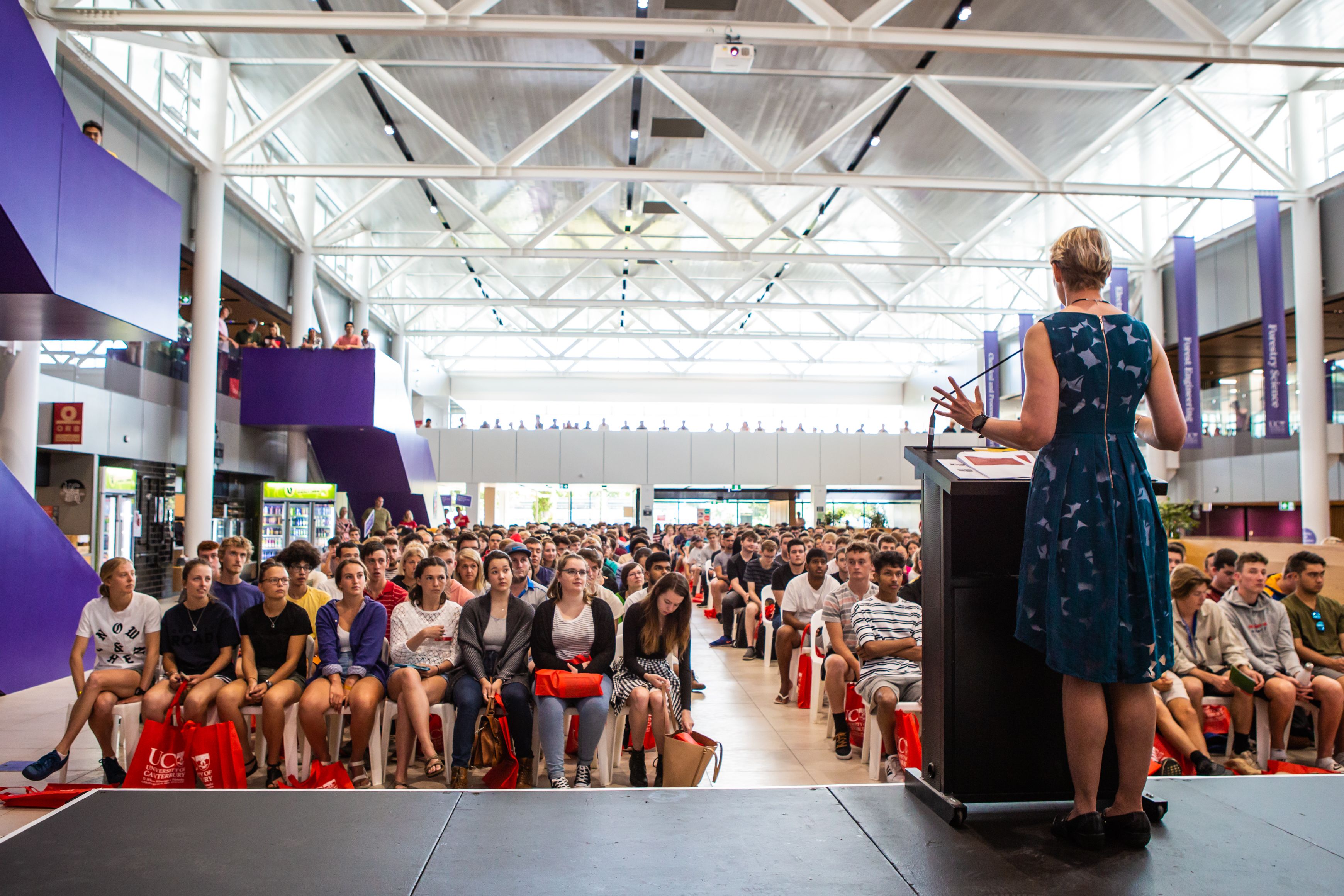
Enrollment at the University of Canterbury is growing every year. But when De la Rey and other university leaders took a closer look at the data, they found Māori enrollment rates and academic achievement lagged.
To combat that gap, University of Canterbury has launched a holistic program built to ease the transition into higher education and connect students to peers and professors who share similar backgrounds and experiences.
Whether they are the first in their families to go to university, or just need a little more help to get their bearings on campus, the University of Canterbury has resources available for new students to gain the communication skills, study habits, and critical thinking frameworks that will help them succeed.
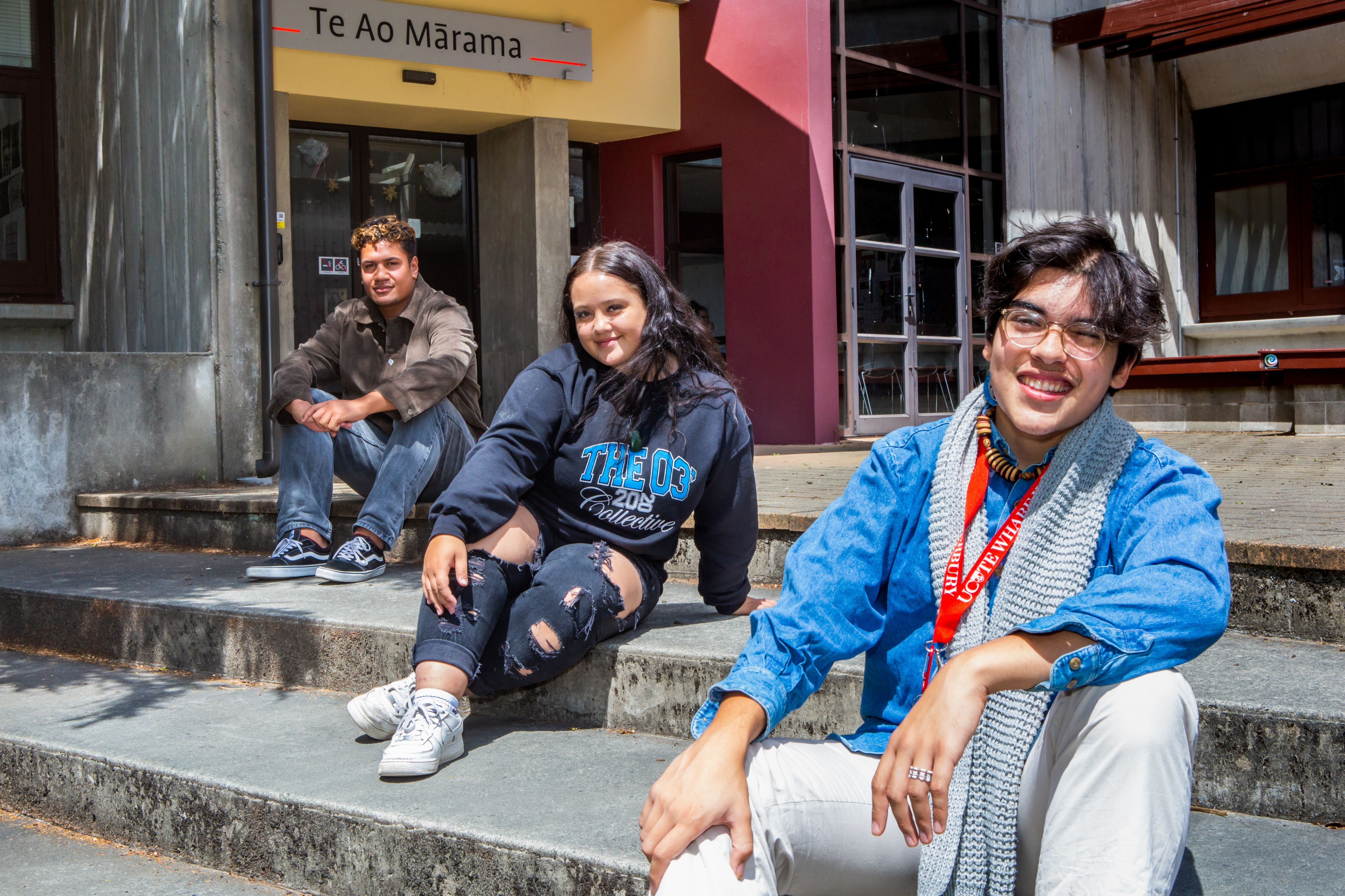
“With Māori students we make sure there's a connection with a Māori staff member as well, reducing any sense of anonymity in the institution,” De la Rey said. “The first experience for a new entrant is that the university seems large and can be overwhelming … we want to reduce that sense of anonymity.”
That go-to person can help a new student navigate the rest of the institution. Along the same lines, the University of Canterbury has peer navigators. Peer navigators are fellow students who have already passed the course. They are paid to coach, train, and provide feedback to new university entrants.
“It's really an interactive process,” De la Rey said. “There's a whole range of interventions … and we are seeing a real uplift in achievements for Māori students.”
A force for public good
Universities, De la Rey asserted, can be a force for the public good. But to be that pillar in society, universities must represent an inclusive perspective of the public and embrace diversity.
“It's not about becoming similar and thinking in a similar way,” De la Rey explained.
Rather, to address the enormity of the global challenges facing humanity—poverty, climate change, racial inequity—universities must prioritize drawing upon the widest pool of available knowledge.
“Diversity, for me, is fundamental to the mission of any university, which is really to impart knowledge,” De la Rey said. “How do we advance knowledge for the advancement and the progress of humanity?”
That question is always top of mind for De la Rey as she works with communities. The answer, she believes, is to be much more aware that the first step is striving to understand and developing a sense of empathy. It’s not easy, of course. It takes time and resources. There are often setbacks. But the investment is worth it.
“All the evidence (shows) that if we invest in the education of young people, it has a multiplier effect in our society,” De la Rey said.

What others can learn from the University of Canterbury’s example
Here’s De la Rey’s key takeaways for other institutions looking to increase diversity and support their underrepresented communities:
- Understand your community’s perspective first—”I don't believe that we can assume we have all the answers,” De la Rey said. That means starting, and maintaining, an open dialogue with the community. De la Rey works closely with the leader of the Ngāi Tūāhuriri, who has a unique perspective as a history professor at the university.
Respectful debate is vital to a successful partnership—”We have debates,” De la Rey said. “We often have differences of views.”
Fortunately, contesting ideas is both a historical part of Māori culture and a founding principle of the University of Canterbury.
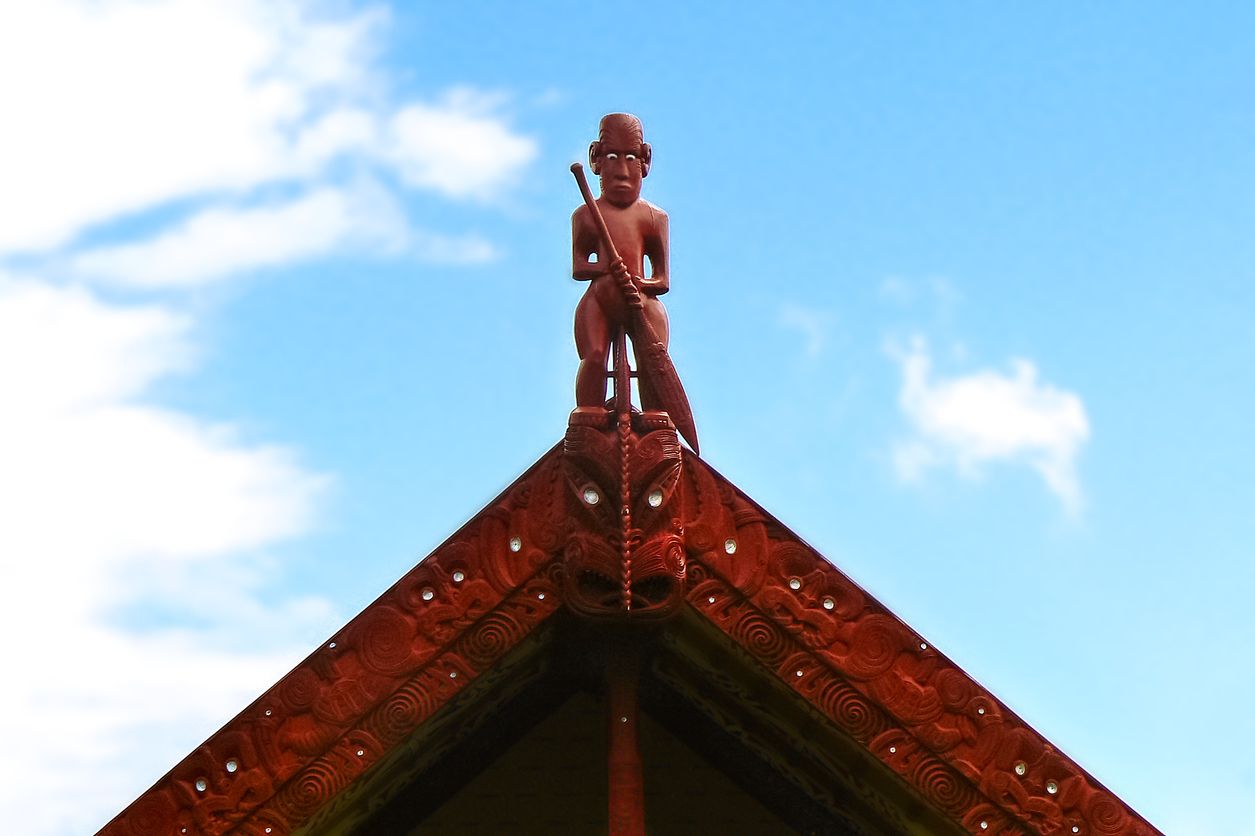
This content was paid for and created by The University of Canterbury. The editorial staff of The Chronicle had no role in its preparation. Find out more about paid content.



